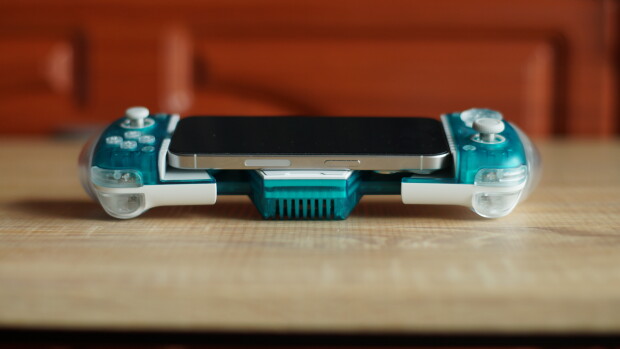
About a month ago, Microsoft closed the long-standing loophole that let customers activate Windows 10 and 11 using old Windows 7, 8, and 8.1 keys. In addition, the company blocked the free upgrade path, preventing those using pre-Windows 10 versions from updating to newer releases without paying Microsoft for a new license. It now seems that the change is throwing wrenches into systems that should not be affected.
According to several reports, some customers lost activation after changing PC components or performing a BIOS update. The worst part is that the digital licenses connected to their Microsoft Accounts no longer activate the operating system, forcing them to purchase another key or resort to questionable activation methods. It is worth noting that Microsoft Support confirmed that a hardware change should not block a license key.
Automatic activation would not work, so I contacted customer support. They told me because my Windows 10 license had been upgraded from Windows 7, and that they had discontinued support for Windows 7 product keys, that they could not continue my license for Windows 10 Pro after the hardware change. They also acknowledged that changing the hardware is not a violation of the Windows license so there is no reason my Windows 10 license should be revoked or altered in any way.
Bill Babonas, principal product manager of Windows, confirmed to The Verge that the company is aware of the problem and is looking into possible solutions:
Microsoft is aware of these customers reports and is investigating. Customers who are experiencing technical difficulties should contact customer support.
You can check your Windows Activation status by heading to Settings > System > Activation > Activation State. You can continue using Windows 10 or 11 without activation for some time while Microsoft is working on resolving the problem.


















22 Comments - Add comment